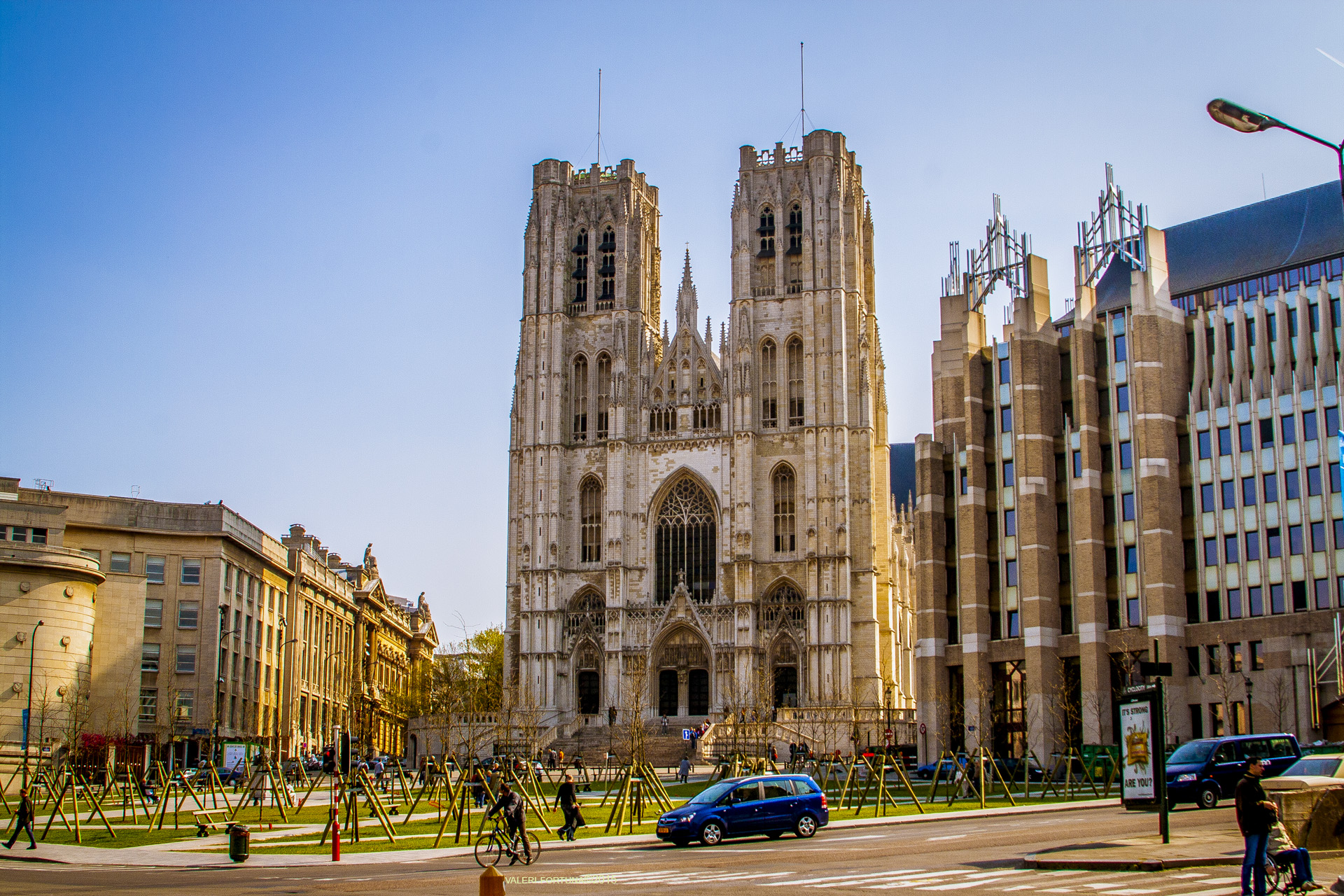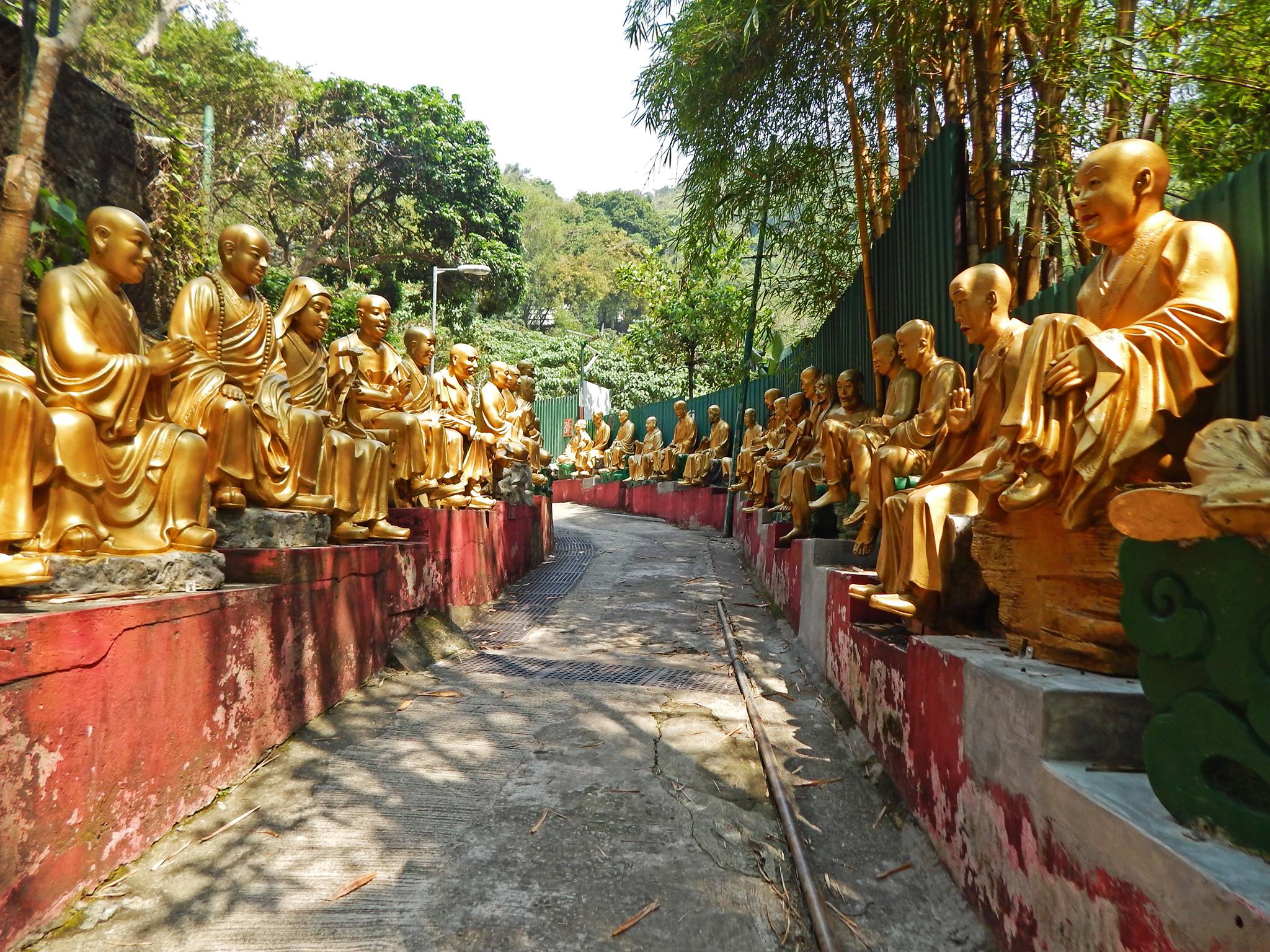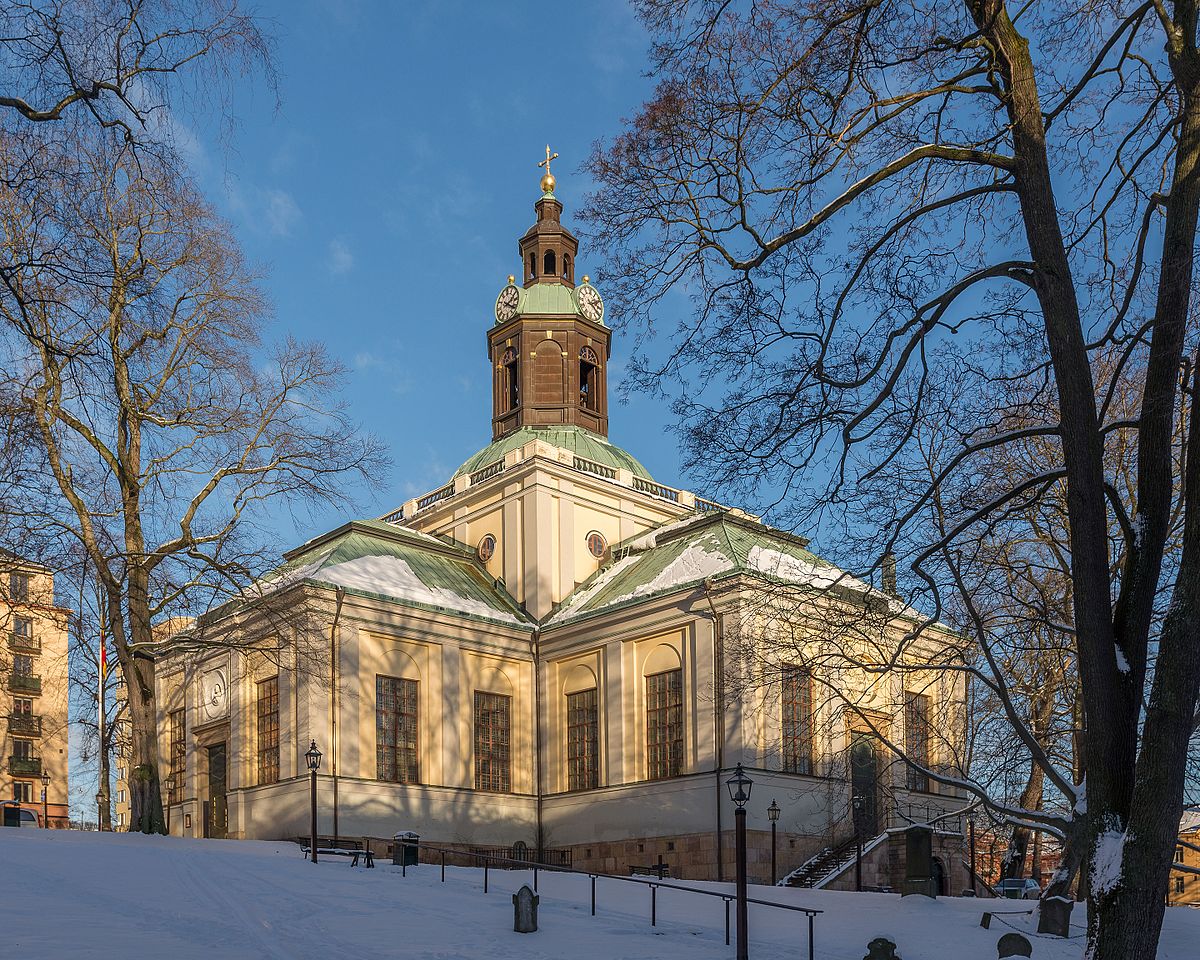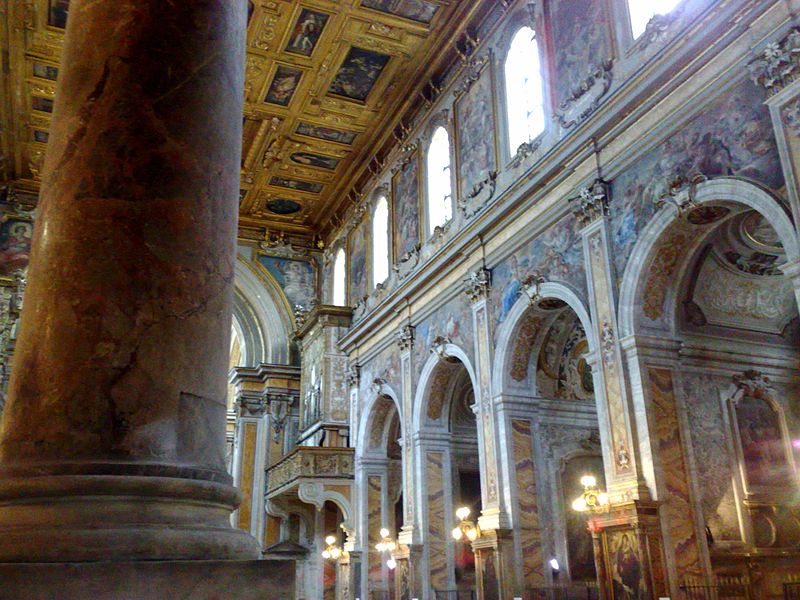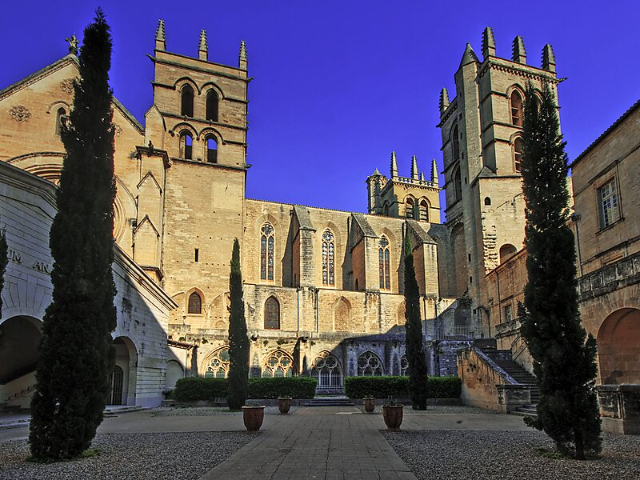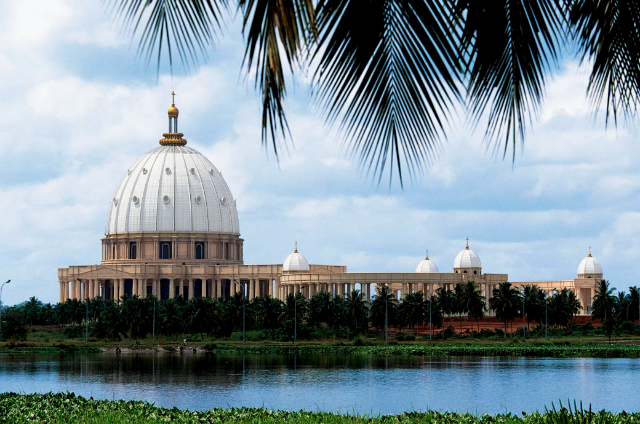Very close to the city centre you can find the main Catholic Church in Belgium, one of the most important monuments in Brussels. This truly breathtaking cathedral is dedicated to the patron saints of Brussels – St. Michael and St. Gudula and was built in a Gothic style at the beginning of the thirteenth century. Its architecture is interesting inside and out: the impressive facade is crowned with twin 69-meter-high towers and in the chapel there are several stained glass windows dating from 1540.The cathedral is built of stone from the Gobertange quarry, which is located in present-day Walloon Brabant, approximately 45 km (28 mi) south-east of the site of the cathedral. The building’s external length is 114 metres (374 ft) and its internal length is 109 metres (358 ft), and the choir’s exterior is 57 metres (187 ft) wide and its interior 54 metres (177 ft) wide. The western facade with its three portals surmounted by gables and two 64-metre-high (210 ft) towers are typical of the French Gothic style, but without a rose window, as it features instead a large window in the Brabantine Gothic style.
The two towers, built in 1470–1485, the upper parts of which are arranged in terraces, are attributed to Jan Van Ruysbroeck, the court architect of Philip the Good, who also designed the tower of Brussels’ Town Hall and the Collegiate Church of St. Peter and St. Guido in Anderlecht. They are unfinished and were meant to be much higher, in a style close to the Town Hall’s tower or the north tower of the Cathedral of Our Lady in Antwerp.
The monumental staircase in front of the cathedral, designed by Pieter Paul Merckx, was placed in the period 1702–1707. This staircase, a gift from the city of Brussels, was originally built against the city walls to provide access to the promenade on the stretch between the Laeken Gate and the Schaerbeek Gate.The choir is Gothic and contains the mausoleums of the Dukes of Brabant and Archduke Ernest of Austria made by Robert Colyn de Nole in the 17th century. Left of the choir is the Chapel of the Flamboyant Gothic Blessed Sacrament of the Miracle (1534–1539). It now houses the Treasure of the Cathedral, where the famous Drahmal Cross (also known as the Brussels Cross), an Anglo-Saxon inscribed cross-reliquary of the early 11th century, is stored. Right of the choir is the Chapel of Our Lady of Deliverance (1649–1655) which is built in a late Gothic style and has a Baroque altar by Jan Voorspoel (1666). Behind the choir is a Baroque chapel dedicated to St. Mary Magdalen (also called the Maes Chapel) dated 1675 and a marble and alabaster altarpiece depicting the Passion of Christ by Jean Mone dated 1538.
The nave has all the characteristics of Brabantine Gothic: the four-part vaults are moderately high and the robust cylindrical columns that line the central aisle of the nave are topped with capitals in the form of cabbage leaves. Statues of the 12 apostles are attached to the columns.
